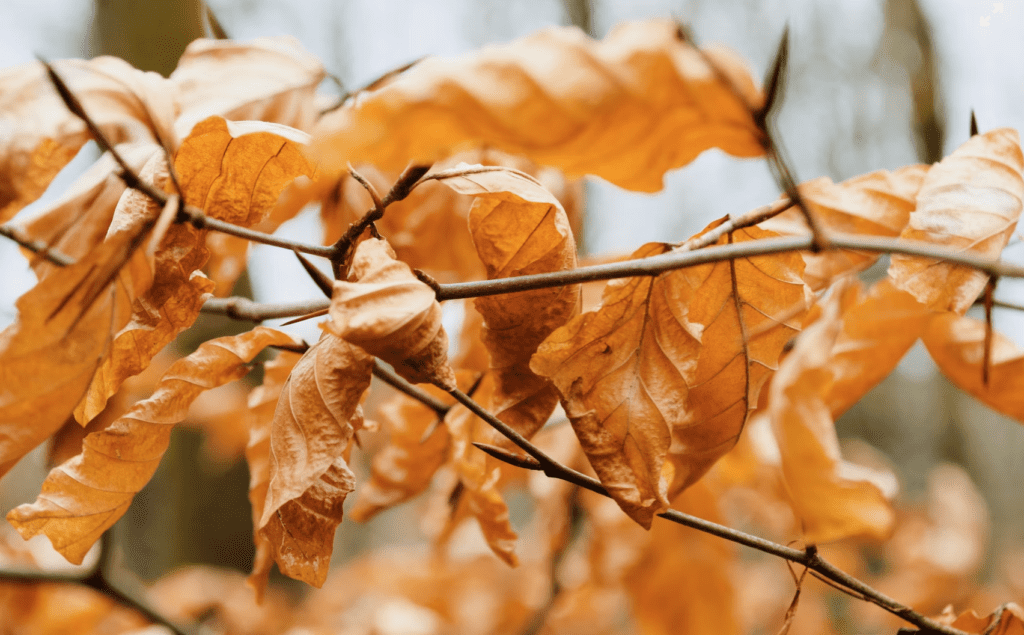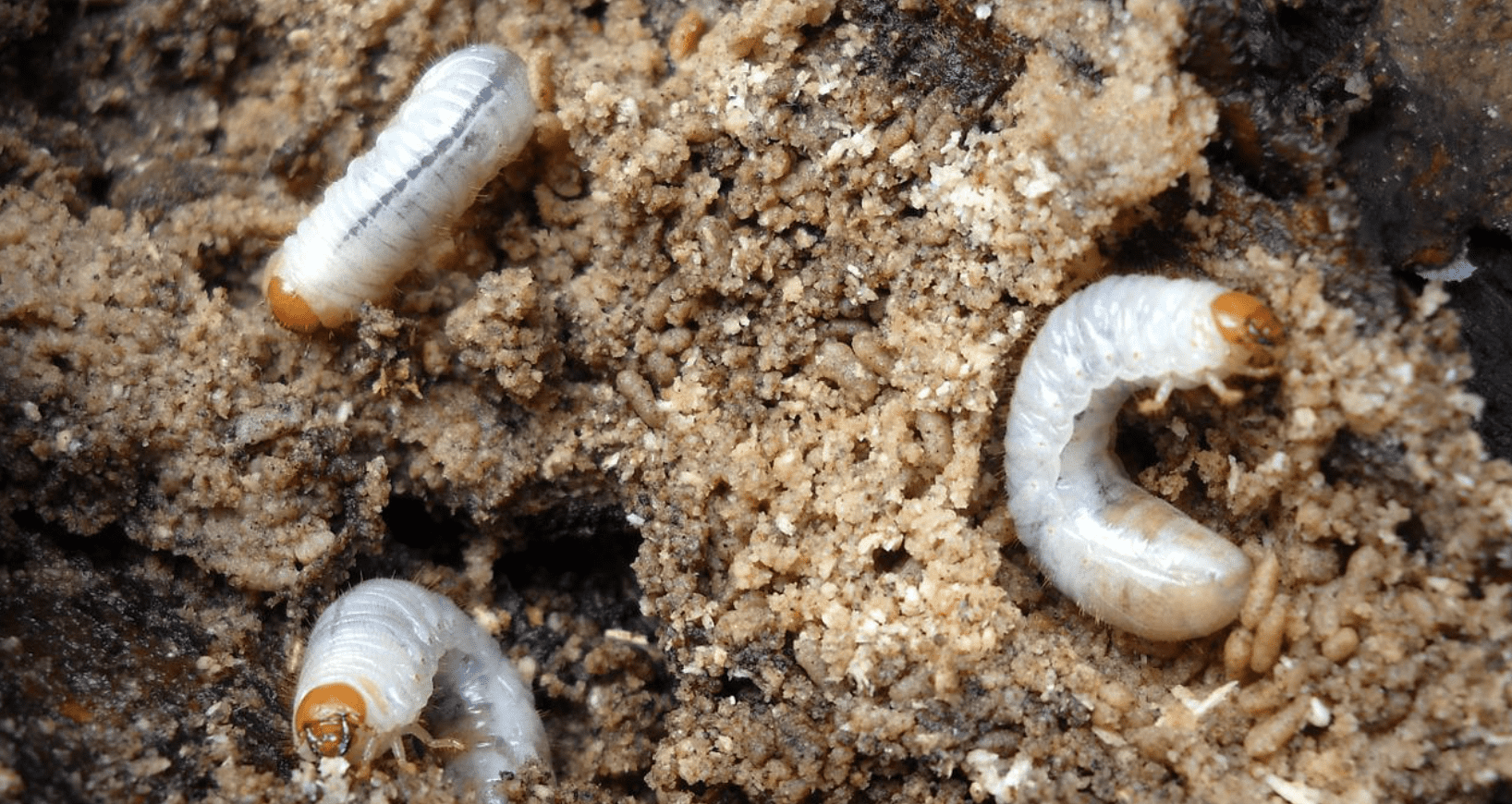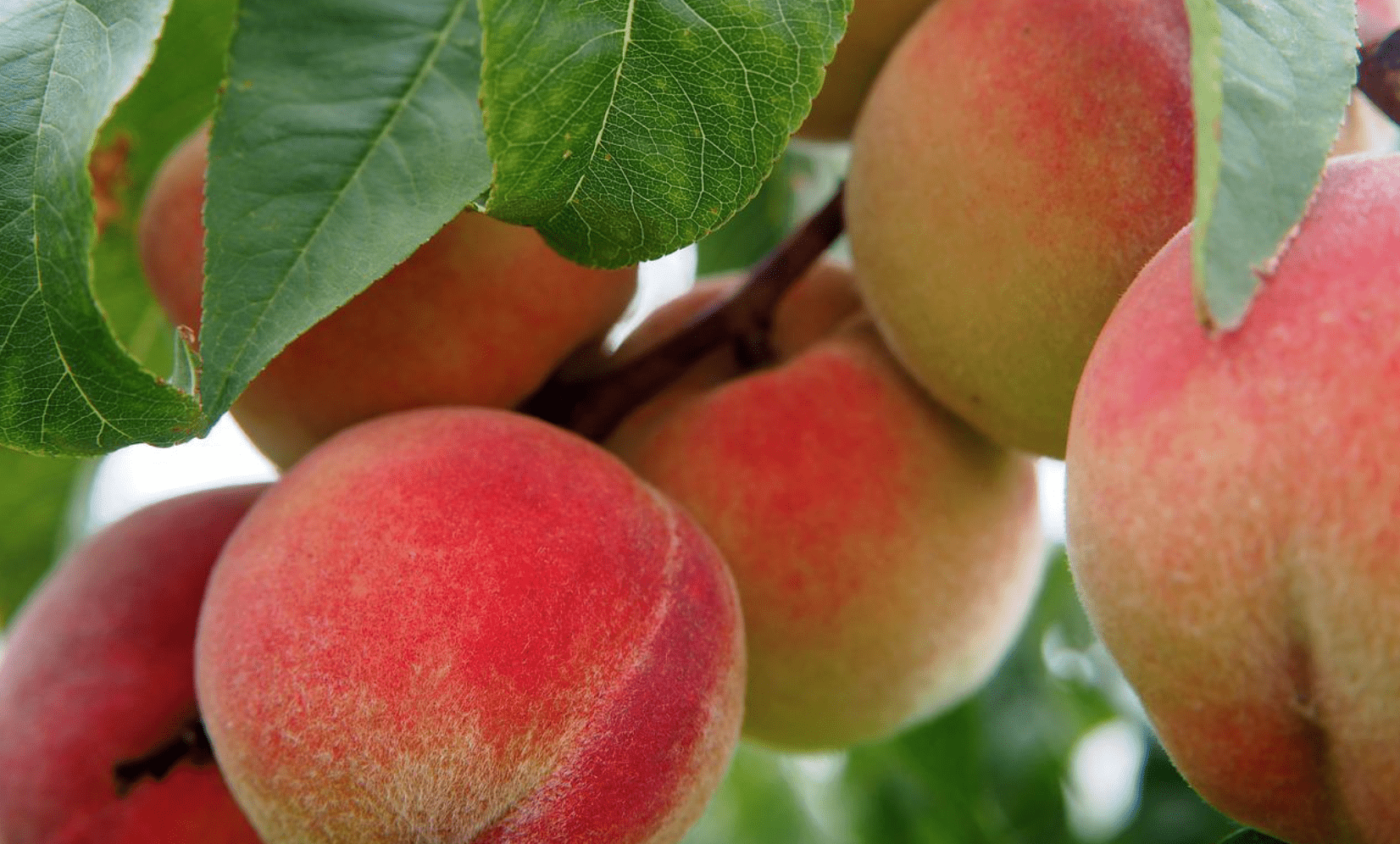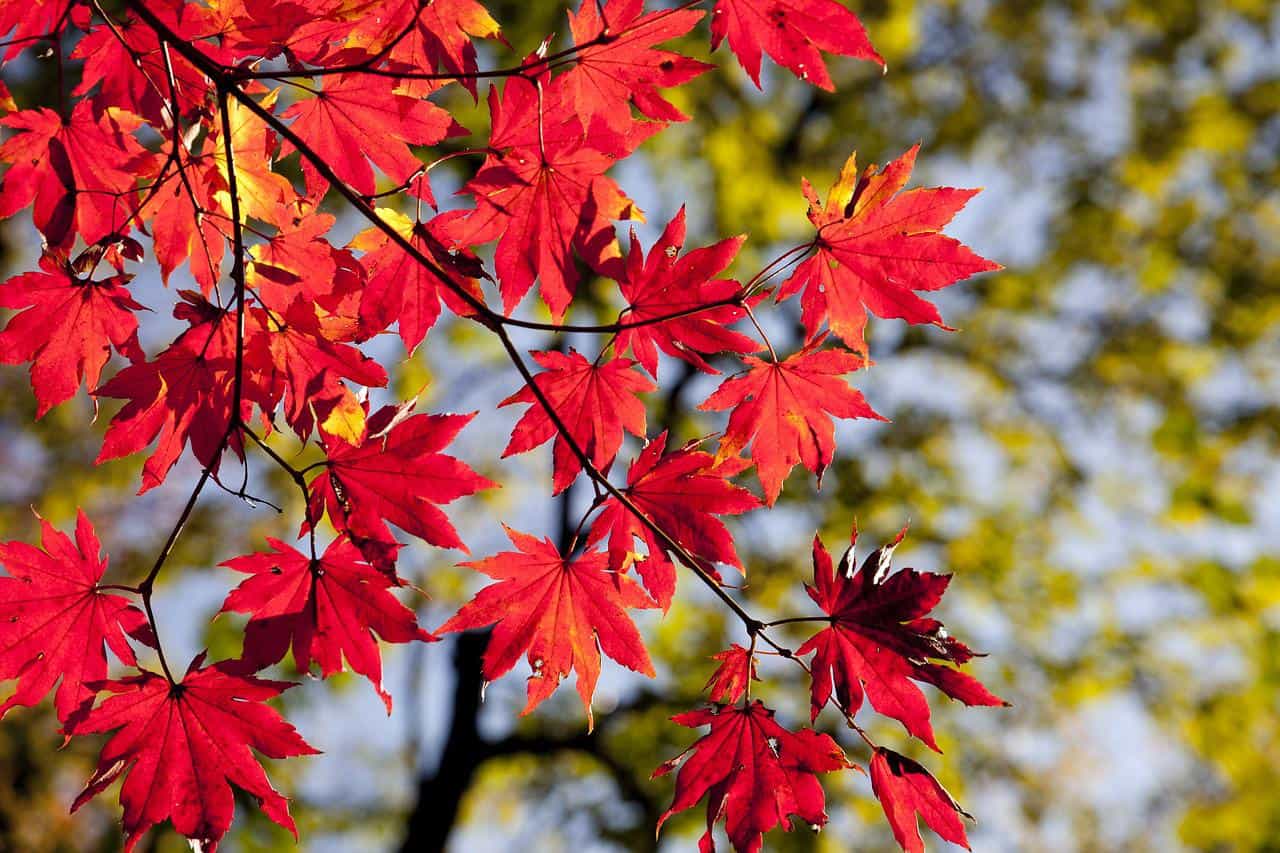Can a Half Dead Tree Be Saved?
Trees prevent erosion, increase property value, and give us shade and fruit. Not to mention provide us with oxygen! There are so many reasons to keep our beautiful trees thriving.
It can be disappointing when a tree on your property appears to be in declining health. But can a half dead tree be saved? And if so, how do you save a dying tree?
Can a Half Dead Tree Be Saved?
If you’ve come to the dreaded realization “My tree is dying,” don’t panic: it is possible to save a half-dead tree.
First, check the symptoms. Signs of a dying tree include rotted, soft wood, an excess of mushrooms around the base, and brown leaves during spring and summer when they should be green. Compare the tree in question to others of the same species nearby: is it wilted or brown? Compare dead-looking branches to other branches on the tree – they should be strong yet flexible, not sagging or brittle.
Do the bark test on the tree trunk and branches. Scratch off the first layer of bark to see if it is green and supple underneath. If it is, your tree is doing just fine. Do this in multiple places around the tree. You may find that just one branch is not green underneath. In that case, it needs to be pruned. Get someone to steady your ladder or consult an arborist to prune the tall branches.
If the tree is fully dead, it won’t pass the bark test. An arborist can also confirm and advise. In that case, a dead tree could fall very easily. If there is any chance it could fall on a person, animal, structure, or vehicle, bite the bullet and have an arborist remove it. Try to seek out an arborist who works sustainably, perhaps by creating mulch out of dead trees instead of tossing them in the dump.
If your tree truly appears to be half-dead and half-alive, it could be due to one of many reasons. Diagnosing the cause will determine how to revive a dying tree.
Why Is My Tree Dying?
A tree dying affects the whole ecosystem around it. Knowing what has gone wrong will prevent it from happening again. Here are some common reasons that trees die:
-
Not Enough Water
You know the saying, “If you’re thirsty, you’re already dehydrated”? Well, if your tree’s leaves are curling, they’re already dehydrated. Curled, brittle leaves that fall prematurely are a sign that your tree needs more water. Plus, too little water can make an otherwise healthy tree more susceptible to disease and insect infestations.
-
Too Much Water
Conversely, too much water can drown some tree species. This may happen near a ditch, swamp, or poorly drained area.
-
Not Enough Sun
Sun allows for photosynthesis, which is how leaves process energy. Not enough sun means not enough energy to sustain life.
-
Too Much Sun
Again, the opposite can also be the cause. Certain species need more sun than others. Too much sun will dry out the tree.
-
Planted at Wrong Time of Year
Most newly planted trees don’t shoot up right away. But sometimes the problem is that they were planted at the wrong time of year, when temperatures were extra hot or extra cold. Moderate temperatures in the spring or fall are better for tree planting. (Check out more tips on how to care for newly planted trees.)
-
Planted in Wrong Habitat
Be realistic about the species you’re trying to cultivate in your habitat and climate. For example, a palm tree will not thrive in Montana.
-
Poor Soil Quality
Poor soil quality can mean inadequate nutrients (perhaps due to overcrowding or chemical runoff), too acidic or not acidic enough, or just the wrong type of soil for the tree.
-
Competition with Other Plants for Resources
Surrounding plants are competing for the same access to sun, water, and soil as your tree.
-
Insect Infestation
Insects of all kinds love to live in wood if it’s already rotting and vulnerable. They also feast off the fruits, flowers, and leaves. Insects can completely eat away the tree one bite at a time.
-
Lightning Strike
If lightning strikes, it could set the tree on fire and damage it beyond repair. If lightning strikes a tree with bark moist from rain, it could survive.
-
Wind Damage
A tree leaning at more than 15 degrees could be a sign of wind or root damage. At this point, you’ll have to remove it.
-
Fire Damage
Tree survival after fire damage depends upon how much heat and burning the tree was exposed to. Younger trees will have more trouble bouncing back than mature trees.
-
Disease
Fungi and bacteria can cause cankers, which are circular sores on the bark and exposed roots. Different species of tree will be more susceptible to different diseases.
How to Save a Dying Tree
The more mature a tree is, the more resilient it’ll be against all these dangers, and the more likely it can return to health without human intervention. For all other cases, here is a step-by-step guide for how to bring a tree back to life:
-
Figure Out Why It’s Dying
Here are some solutions to the diagnoses listed above:
Insect related
Wood borers, moths, caterpillars, and other insects are more likely to be a problem in a dying tree than a healthy tree. But insecticide often contains harsh chemicals that hurt the tree in other ways. Try all-natural homemade sprays to repel insects.
Water related
Waterlogged trees will develop lots of mushrooms, soft roots, mold, and moss. In that case, consider introducing plants to the area that will soak up excess water.
Too little water calls for a water scheduling system. According to Texas A&M Agrilife Extension, watering trees via irrigation (drip or trickle) or hose is best. Water around several feet of the tree, not the base – unless it is a root ball tree. Water at night or in the evening for maximum effectiveness.
Water trees more often that are in pots, in thin or sandy soil, on slopes, or near pavement. In the spring and summer, one or two heavy waterings per week on average is good – though it depends on the soil and weather. Trees need less water in the fall as they prepare to go dormant for the winter.
Soil related
Perform a soil test to see which key nutrients are missing, then perform tree fertilization to replace nutrients. Make sure the mulch surrounding the tree is enough to retain moisture, but not too much that it smothers the tree.
Sun related
Dried up brown grass near the tree is a sign of too much sun. Plant more trees to soak up the sun and give your tree some shade, replant in a shadier area if possible, or put up an umbrella.
Disease
There are many common tree diseases and treatments. Each species has diseases that it’s more susceptible to. For example, with powdery mildew, you’ll notice white powder on leaves and fruit, which will turn them black. Adequate access to sunlight may do the trick. If disease persists, a fungicide may be necessary. Tree doctors, also known as arborists, can help.
Freak Accident
Tornadoes, hurricanes, lightning, car crashes – some things we don’t have control over. In these cases, you’ll most likely have to say goodbye to your tree. But if you detect life still, an arborist can provide structure to help heal the tree, like a cast for a broken arm.
-
Fertilize
Fertilizers made from harsh chemicals may show short-term tree improvement, but strip the soil of good nutrients, resulting in more long-term damage. Dr. JimZ’s tree fertilizing solution TreeSecret boosts a tree’s immune system naturally by stimulating beneficial bacteria in the root system. Healthy, balanced, nutritious soil grows strong trees.
-
Prune
Sometimes knowing how to revive a tree can be as simple as pruning. Pruning, like a haircut, helps maintain health. Keeping dead, dying, or diseased limbs on a tree means the tree funnels water to them. Pruning means the tree can solely focus on keeping its healthy limbs healthy. Sterilize hands and tools after pruning to prevent disease spread.
-
Trim Back Surrounding Plants
This can help the dying tree get more sun and water. While you’re at it, inspect surrounding trees for health to make sure disease isn’t spreading. If plants surrounding the tree are dead, clear the brush so the soil has better access to water and air. Be careful not to cut up exposed roots as you do this.
-
Hire an Arborist
If knowing how to save a tree from dying feels too big of an undertaking, expert arborists can identify and treat tree diseases, and advise if a dying tree presents a danger to you or your property.
TreeSecret to the Rescue
So, can a half dead tree be saved? The answer is yes, when done correctly. Pruning, watering, and fertilizing can go a long way to nurse a half dead tree back to health. To maintain tree health, use Dr. JimZ’s TreeSecret Tree Fertilizer, carefully crafted over the course of 40 years to achieve the perfect balance of nutrients to support all tree types. Shop our non-synthetic, biologically correct fertilizers for grass, tomato plants, and more for all your garden and backyard needs.




